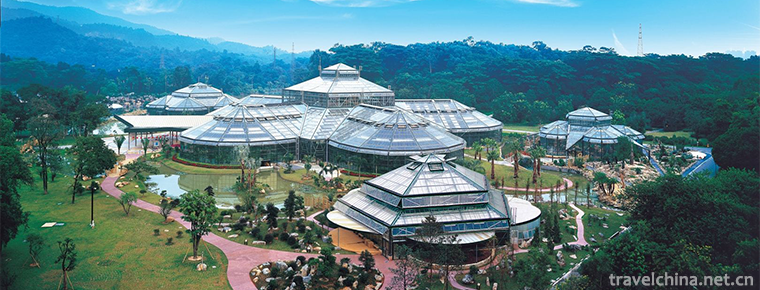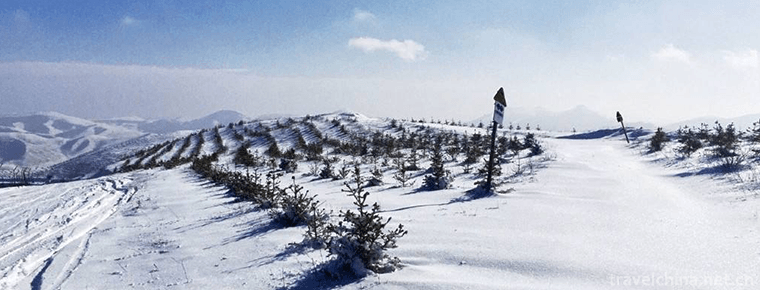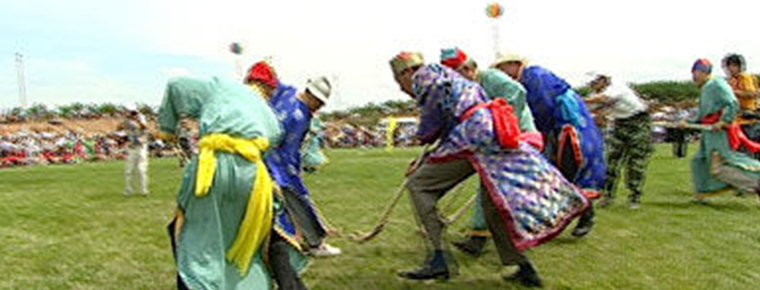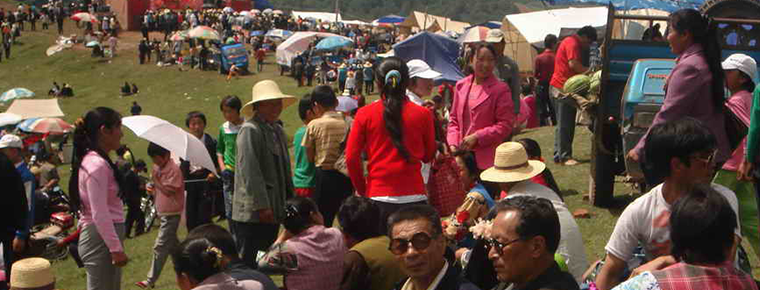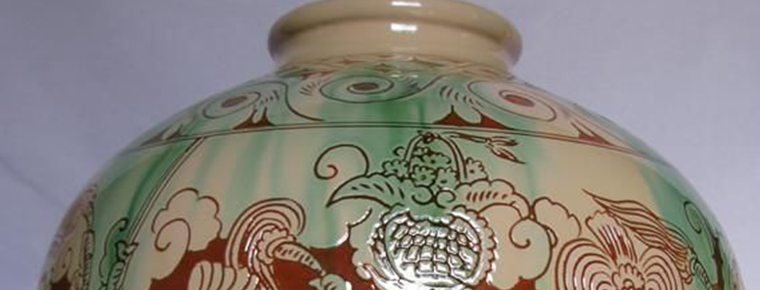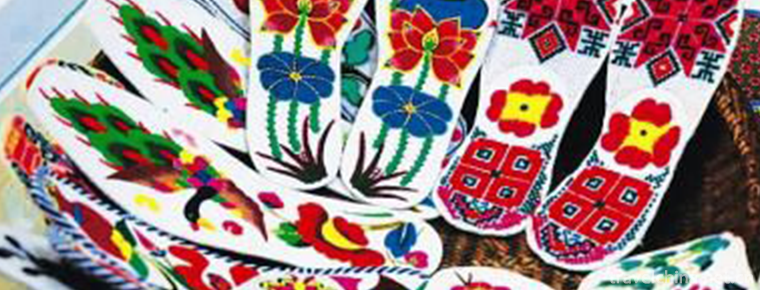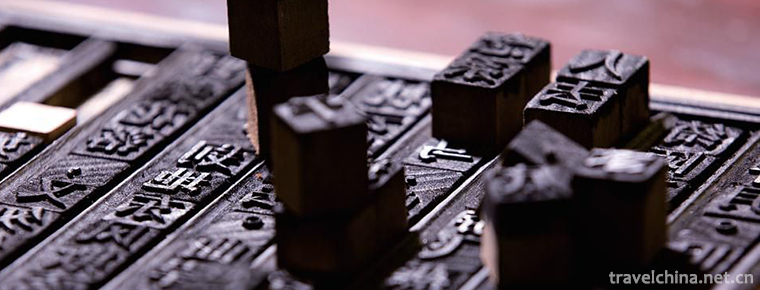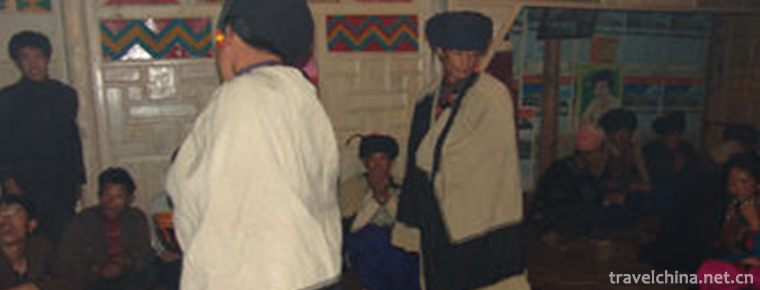Wangcong Temple
Wangcong Temple
Wangcong temple, located in the southwest of Pidu District, Chengdu City, Sichuan Province, is 23 kilometers away from Chengdu City. It was built in memory of Du Yu, the earliest king of Shu, and his successor Cong di. It is also the largest imperial mausoleum in Southwest China, which is dedicated to two masters and the ancestors of Shu people. Wangcong temple is the main tourist spot, including "journey to the West Art Palace", "laser gun battlefield", "shuipo Liangshan" and other tourism projects.
In 1985, wangcong temple was listed as a key cultural relic protection unit in Chengdu. In 1991, it was announced as a cultural relic protection unit in Sichuan Province. In 1993, it was awarded "Pixian youth patriotism education base".
Historical evolution
Du Yu, the emperor of Wang, taught the people to work in agriculture. He pioneered the system of farming according to the farming season in Sichuan, and was regarded as the God of agriculture by his descendants. Emperor Cong was the first ruler of Minjiang River basin before Li Bing. The last love of the two emperors was in the people's Republic, which was worshipped by later generations. "The Dragon Boat Festival is a sacrifice to Qu Yuan, the master of Du in minyang Dynasty". The people of Shu heard the cuckoo and thought about the emperor. The wangcong song contest held every year on May 15 (daduanyang) in memory of the two emperors of wangcong is the only form of contest song preserved by the Han nationality and is now a provincial intangible cultural heritage.
The former two emperors divided the ancestral hall, but today's "wangcong Temple" was built in the 5th century AD in the Southern Qi Dynasty.
"Before and after the second emperor minyang Chronicle" records: "after the death of emperor Cong, Xian was buried in PI, there was an old temple, and ancient Yi went to guoyili in the south.
According to the records of Pixian County, the "Chongde Temple" dedicated to Emperor Wang was originally located at the Erwang temple in Guanxian county. During the reign of Qi Ming Emperor (494-498 A.D.), Liu Jilian, the governor of the Southern Dynasty, moved it from Guankou to PI. Later, it merged with the temple of emperor Cong, and became the "wangcong Temple" for Wang and Cong emperors.
In the second year of emperor Renzong's reign in the Northern Song Dynasty (1041), Zhao Kedu, the governor of the capital city, worshipped Wang Di and Cong Di together, and expanded wangcong temple, which had its present scale. It was rebuilt in 1052.
In the late Ming and early Qing Dynasties, wangcong temple was destroyed in the war, and only the two mausoleums of Du Yu and bieling remained. When Zhang Xianzhong revolted in the late Ming Dynasty, he suffered serious damage.
In 1747, Li Xin, the magistrate of the Qing Dynasty, protected the two mausoleums by "cutting stones to show the road" and "banning woodcutting". In 1835, wangcong temple was restored and planted with cypress trees (207 trees remained in 1981). In 1908 (the 34th year of the reign of Emperor Guangxu), tingjuan tower was built in the east of the temple.
In the 14th year of the Republic of China (1925), a park was built in the ancestral temple, and then gradually deserted. In 1929, Xiong Kewu, the governor of Sichuan Province, stationed in PI. He allocated funds to build the ancestral temple, and erected stone tablets of "the mausoleum of ancient Wangdi" and "the mausoleum of ancient Cong emperor" in front of the mausoleums of the two emperors. The stele is more than ten feet high, with the inscription "Xiong Kewu Li, but Maoxin book".
In 1969, the stele was demolished and only remains. Today's stele is a copy.
In 1984, the people's Government of Pixian County expanded wangcong temple from 22 Mu to 88 mu.
architectural composition
Wangcong temple is located from west to East. Its architectural style is different from that of ordinary ancestral temples. The original ancestral temple was built according to the plan of Yu mausoleum in Huiji mountain, Shaoxing City, Zhejiang Province. Because one ancestral temple is dedicated to two masters, the ancestral hall is not opened in a single way, but symmetrically opened into two gates in the north and south. Behind the gate is the screen wall, the north and south sides of the screen wall open the opposite gate, leading to the two parks. The south is Zigui garden, and the north is Lianyi garden. There are many pavilions and pavilions built near the water, such as the rice Sun Tower and the listening cuckoo tower. After the screen wall, the gate of two que passes through the inner room. Behind the gate is the memorial hall of Wang Di Cong Di, and in the middle is a bronze statue of Wang Di Cong di. Behind the memorial hall in Berlin, is the 15 meter high Wangdi mausoleum. To the west of the mausoleum is the Pixian Museum. To the south of Wangdi congdi memorial hall is tingjuan building, which is also wangcong Dahua jade Museum, and then to the south is Cong emperor mausoleum. Wangcong temple, North and south through a large area of water, this is bieling lake.
Main attractions
History and culture
The origin of the ancient temple
In the last year of the Western Zhou Dynasty, the emperor Wang established the first capital azalea city in Pixian County in the late Western Zhou Dynasty, 2700 years ago. It is said that Wang Di Du Yu taught the people to farm and the Ba people to farm. Therefore, in ancient times, Sichuan people regarded Du Yu as the God of agriculture, and the spring ploughing should be sacrificed to Duyu first. In his later years, the flood in Chengdu Plain was affected. The Prime Minister of Duyu, turtle, said "to eliminate water damage by eliminating water damage" (Yulei mountain is the mountain at the baopingkou of Dujiangyan). Du Yu gave the emperor the throne to turtle spirit and retreated to the western mountain. In spring, when Shu people miss him, he called Zigui bird azalea, and the first red flower in spring on the mountain was called azalea, saying that Duyu was urging people to cultivate in spring. Wangdi temple was originally built in the two king temple in Dujiangyan, and only in Pixian County in the north and South Dynasties, zhaokuangyin in the Northern Song Dynasty named Li Bing king, and built Chongde temple to sacrifice Li Bing at the site of Wangdi temple. When the Yuan Dynasty was granted the seal to Li Bing's father and son, the two king temples began to follow. In the book of the book of the Shu emperor, Yang Xiong, the two emperors of wangcong, Du Yu "takes Yu Fu as the king, and the disciples are in Pixian, namely, the cuckoo city." About the 6th century BC, Duyu was king of Shu, known as Wang emperor. At that time, the flood of Minjiang River was flooded in the West Sichuan plain. The emperor Wang ordered the prime minister, turtle spirit, to cut the yuliai mountain, cut out the mouth of Baoping, dredge the water of Minjiang River, change the water disaster into water conservancy, turn the West Sea into a domain, and make the West Sichuan plain enter the agricultural mulberry era from the Yufu era, and laid the foundation of Dujiang Weir project. Later Wang emperor retreated from Xishan. Zen emperor was located in the turtle Ling, which was called congdi. After the death of congdi, he was buried in the south of Pixian City, and then built congdi temple. When Emperor Qi Ming in the Southern Dynasty moved Wang Diling from Guanxian to congdi temple in Pixian County, one of the two tombs, which was called wangcong temple.
Festival activities
Wangcong temple is also rich in folk culture, and there is a singing contest held around the Qingming Festival every year. The singing contest is of great scale, large number and common people. And this tradition originated from the story of "cuckoo crying blood" in ancient China.
The scale of the contest is huge and the number of participants is large. The participants are ordinary civilians, with a strong local flavor, and the scene is warm. At the song contest, people throw plums on the girl's daughter-in-law. It is said that whoever gets hurt more will have more. Some mother-in-law took her daughter-in-law to wangcong temple to pick plums this day.
Cultural relics protection
After liberation, the government allocated funds to repair wangcong Temple many times.
In 1983, the land area was expanded to 81 mu, which was funded by the Provincial Department of culture and the county people's government.
By the end of 1985, part of bieling Lake project and enclosure construction project were completed. In 1985, it was listed as a key cultural relic protection unit in Chengdu.
In 1991, wangcong temple was announced as a cultural relic protection unit in Sichuan Province.
Tourism information
Opening hours: 08:30-17:00
Type of scenic spot: historical relics theme landscape
Admission information: the wangcong Temple Museum in Pixian County will be open to the public free of charge from September 30, 2009
Transportation: take the bus from Chengdu bus station to Pixian.
Address: No.5, wangcong Middle Road, southwest Pidu District, Chengdu, Sichuan

-
south china botanical garden
The South China Botanical Garden of the Chinese Academy of Sciences, which belongs to the Chinese Academy of Sciences, is one of the most important botanical and ecological research institutions in Ch.
Views: 132 Time 2018-12-26 -
Chongli Wanlong Skiing Ground
Wanlong ski resort is located in Honghua Liang, Chongli District, Zhangjiakou City, Hebei Province. It covers an area of more than 30 square kilometers, with the highest elevation of 2110.3 meters and.
Views: 202 Time 2019-01-06 -
Daur traditional Hockey
Daur's traditional hockey sport is called "Bei Kuo Taj Ke Bei" in Daur language. Bei Kuo refers to a bat. The Daur bat is made by grinding oak wood with curved roots and straight branches. I.
Views: 119 Time 2019-04-22 -
Flower Huaer
"Huaer" is a folk song created and shared by Han, Hui, Tibetan, Dongxiang, Baoan, Sarah, Tu, Yugu and Mongolian nationalities in Gansu, Qinghai and Ningxia provinces in Northwest China..
Views: 122 Time 2019-05-04 -
Firing Techniques of Jieshou Coloured Pottery
The firing technique of Jieshou colored pottery, the local traditional handicraft technique of Jieshou City, Anhui Province, is one of the national intangible cultural heritages..
Views: 105 Time 2019-05-06 -
Folk embroidery
Folk embroidery is a traditional Chinese handicraft, which integrates traditional folk art, folklore knowledge and traditional handicraft. It has high ornamental value, practical value and collection .
Views: 130 Time 2019-06-05 -
Wood movable type printing technology
Dongyuan Village is located in the southwest of Ruian City, Zhejiang Province. According to the local "Wang's genealogy of Taiyuan County", in the early Yuan Dynasty, Wang Famao, a hermit in.
Views: 113 Time 2019-06-06 -
Yi Kezhi
Yi Kezhi is a popular oral literature of poetry style among the Yi people. It is the cultural accumulation formed by the Yi people in their long-term production and life, and has a very long history. .
Views: 157 Time 2019-07-12 -
Xichang College
Xichang College is located in Liangshan Yi Autonomous Prefecture, Sichuan Province, which is the largest Yi inhabited area in the country "spanning thousands of years step by step". It is a .
Views: 150 Time 2019-08-31 -
Donghekou earthquake site park
Donghekou earthquake site park, located in Qingchuan County, Guangyuan City, Sichuan Province, is the first earthquake site protection memorial site of Wenchuan earthquake. On November 12, 2008, the opening ceremony and the launching ceremony of the tourism market after the earthquake were held..
Views: 231 Time 2020-11-08 -
Sightseeing car in Chengdu Giant Panda Base
Chengdu Research Base of giant panda breeding currently covers an area of 1000 mu. Tourists can choose to take the sightseeing bus voluntarily if they walk for about 3 hours or take the electric sightseeing bus for about 1-2 hours. At present, there are 8 electric sightseeing buses in Chengdu Giant Panda Breeding Research Base to provide travel services for Chinese and foreign tourists..
Views: 50 Time 2020-12-13 -
medical and health work
By the end of 2019, there are 2139 medical and health institutions with 19943 beds. At the end of the year, there were 14351 technical personnel in hospitals and health centers, including 4839 licensed doctors and 6767 registered nurses. The numbe.
Views: 345 Time 2020-12-18
